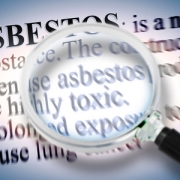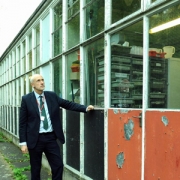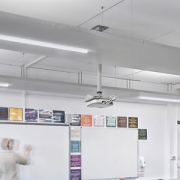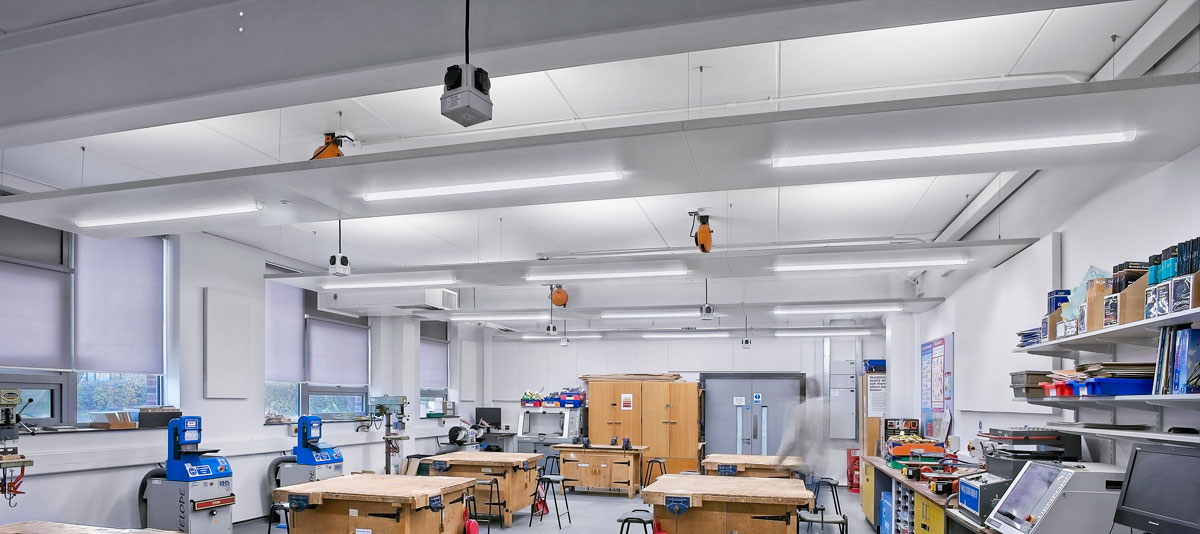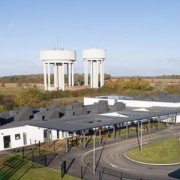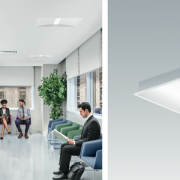Pictured cutting the first turf at the new Haverfordwest High VC School site is Cllr Guy Woodham, Cabinet Member for Education and Lifelong Learning.
Construction has officially begun on Pembrokeshire County Council’s biggest construction project to date.
A ‘Turf-Cutting’ ceremony was held on November 26, at the construction site for the new Haverfordwest High VC School in Prendergast.
Held to mark the formal start of construction works, the traditional ceremony is thought to bring luck to the £48.7m project, which is being funded jointly by Pembrokeshire County Council and the Welsh Government as part of the 21st Century Schools & Colleges Programme.
The new school building, on the former Sir Thomas Picton School site, is due for completion in the summer of 2022.
The new-build will accommodate 1500 pupils aged 11-16 and 250 sixth form pupils.
Clr. Guy Woodham, Pembrokeshire County Council Cabinet Member for Education and Lifelong Learning, said: “Today is a landmark in the development of Haverfordwest High VC School.
“It is a timely reminder that through the 21st Century Schools & Colleges Programme with Welsh Government we are investing in the future of our learners and our community.
“All our learners deserve the best provision we can provide with the £48.7m investment. I am grateful that we have been able to keep this significant project on track during the pandemic. We look forward to welcoming learners on to the new school site in September 2022.”
New sports facilities at the school will include an eight-court sports hall, a full-size floodlit 3G pitch, and two multi-use games areas. All will be available for community use outside school hours.
The existing athletics track, all-weather pitch and grass pitches will be retained.
Most traffic, including school buses, will enter the site via a new access road currently being built off the A40, which will lead directly to a coach parking zone and a new car park for staff and visitors.
Rob Williams, Area Director for contractors Morgan Sindall Construction, said: “We are delighted to have begun work on the main building for the new Haverfordwest High VC School, an ambitious project which will deliver a modern learning campus and exceptional sports facilities to the local community.
“Despite disruptions caused by the Covid-19 pandemic, we have worked hard to bring the project to site safely and the completion date remains the same; ensuring that demand for school-places within the area can be met without delay.
“We are grateful to Pembrokeshire County Council and all of our project partners for helping us to reach this exciting milestone, and look forward to seeing the finished building.”
Haverfordwest High VC School Chair of Governors, Paul Lucas, added: “From the plans provided, this promises to be an imposing example of educational building excellence which accords with up to date environmental and planning requirements.
“It is now up to the Governors, Head Teacher and staff to turn these facilities and opportunities into a first class educational learning area of distinction.
“Our thanks go to Morgan Sindall and their partners for the tremendous thought put into the project so far, and we must not forget the other interested parties – the Head, staff and of course the school council of pupils who have all put long hours into shaping our educational future in Haverfordwest.
“Thanks also go to Pembrokeshire County Council and the Education Department – as the project client – for listening to us and providing for our needs so that we can show what we really can do in this school of the future.
“We simply cannot wait to move in and are delighted that despite the poor hand of cards 2020 has dealt us, the project remains on track. Well done to all.”
Source: Tenby Observer
Follow us on Twitter  Join us on Linked in
Join us on Linked in 

